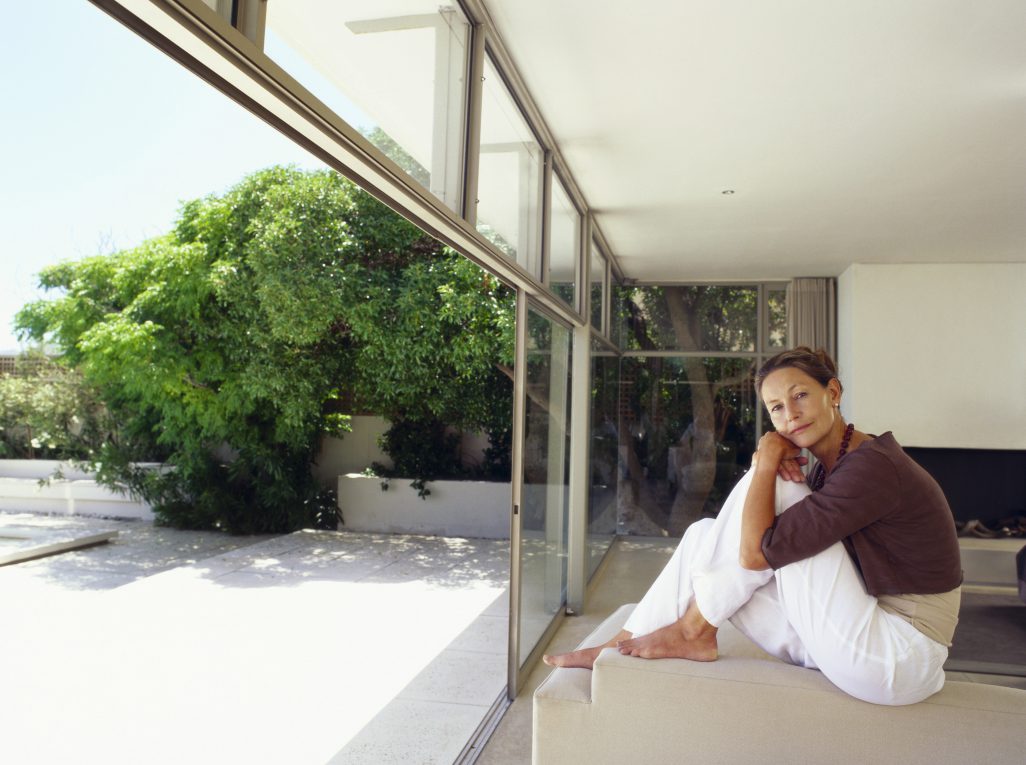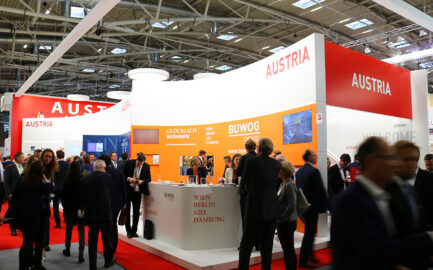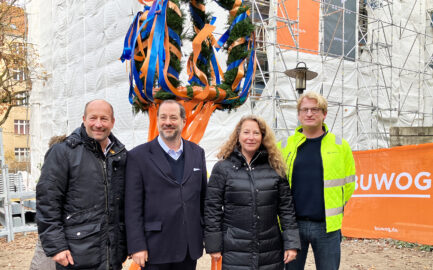Warm prospects for the frost-susceptible who are less than partial to winter: in addition to more light, the sun will also deliver more warmth to us again soon. Body and mind are already longing for the warming rays of the sun.
Sunlight generally has a positive effect on our frame of mind. But who’s not familiar with the situation of coming out of an air-conditioned office, driving home in a no less air-conditioned car and a “heat stroke” then awaiting us. Before leaving the flat today in the morning we, of course, tightly closed up all the windows out of concern for the wind and unwanted visitors.
While our flat is now ventilated – often too early and in summer then at excessive temperatures – if only to somehow cool ourselves down, we ask whether this state of things can’t actually be improved.
How does overheating occur?
In winter, if the direction is suitable, the energy from the sun is used for heating rooms. This is referred to as passive solar input. This beneficial energy gain is achieved through appropriately large south-facing window surfaces. Here short-wave solar power penetrates the glass panes into the building’s interior unimpeded, warming the floors, walls and furniture. This, in turn, emits long-wave thermal radiation which can no longer escape to the outside through the glass pane. This is an important principle for low- and passive-energy buildings. In summer the sun should not “co-heat” to the same degree, as the effect can also lead to overheating and impair the degree of living comfort.
Further Information
For interior temperatures the threshold for our sense of physical comfort lies at 27° C in the day and 25° C in the night.
Whether interior rooms are still perceived as comfortable in summer depends not only on the room temperature, but also on the temperature of the room surfaces, the air speed, humidity, activity, clothing and personal perception. Thus it is difficult to find a generally accepted measure for comfort.
Reduction of thermal input!
If it’s hot outside, it can become uncomfortable inside.
In order to prevent the problem of room overheating, the solar light and thermal heat input should be reduced as much as possible using available shading elements such as indoor and outdoor blinds and shutters as well as permanent protruding structural elements (for ex. balcony slabs, etc.). With passive houses that can already be necessary in March.
Further Information
Please keep in mind that outdoor shading elements (blinds, etc.) can only be used up to the stated wind speeds, otherwise damage can occur – the product brochure often provides the relevant information.
Shade reduces the sun’s energy input, putting us in a position to provide passive cooling and to nevertheless illuminate rooms with natural daylight. Shading is essential to prevent the (summertime) overheating of the building’s interior as a result of high levels of solar radiation – particularly with new and significantly more airtight buildings. Shading – at best outdoor – reflects or absorbs the thermal radiation of the sun before it reaches the interior of the building.
…why I’m addressing this issue already …
Because using available solar protection – in architecture it is generally referred to as shielding or shading – often makes sense or is necessary prior to the high summer heat.










